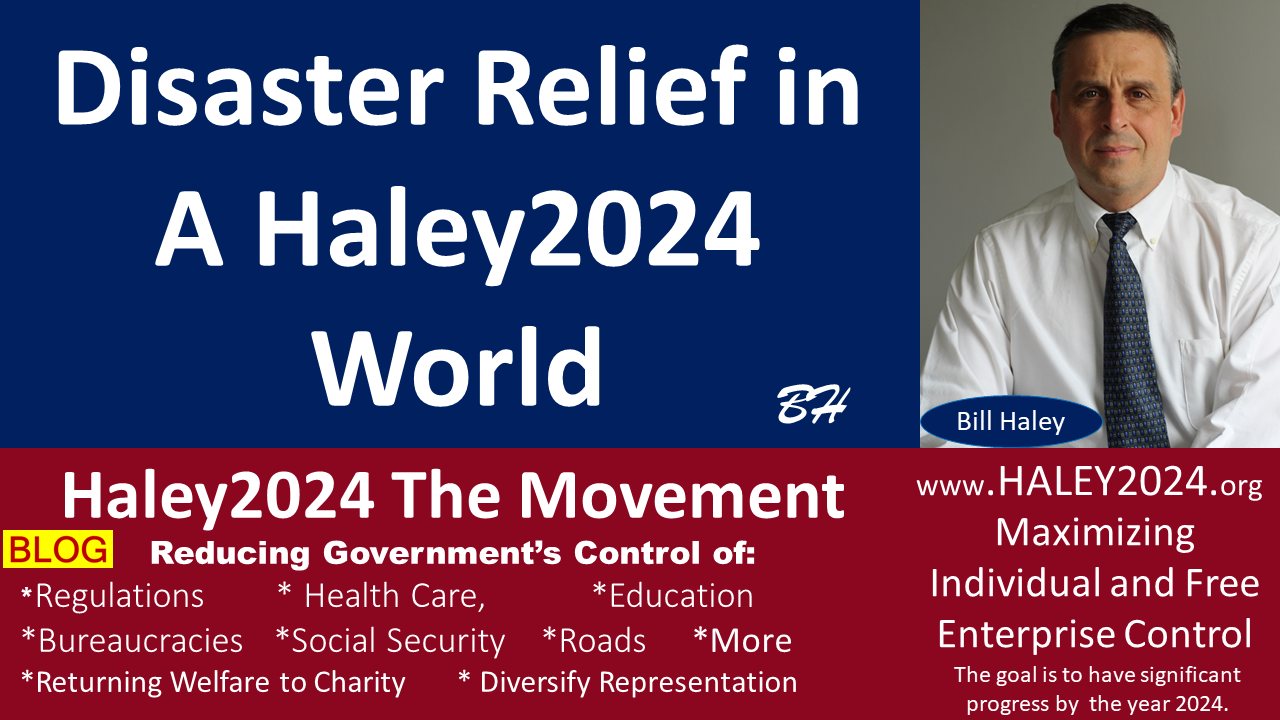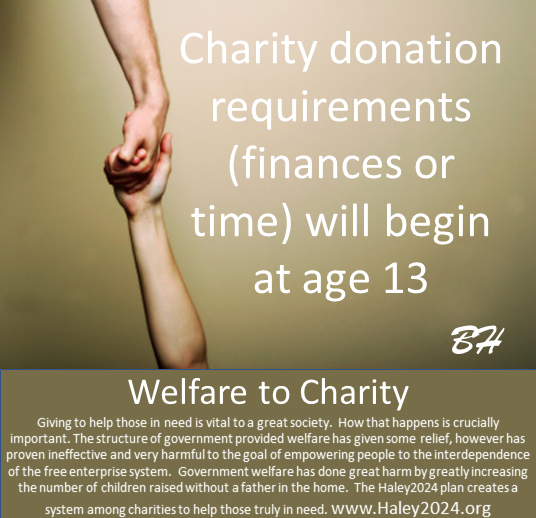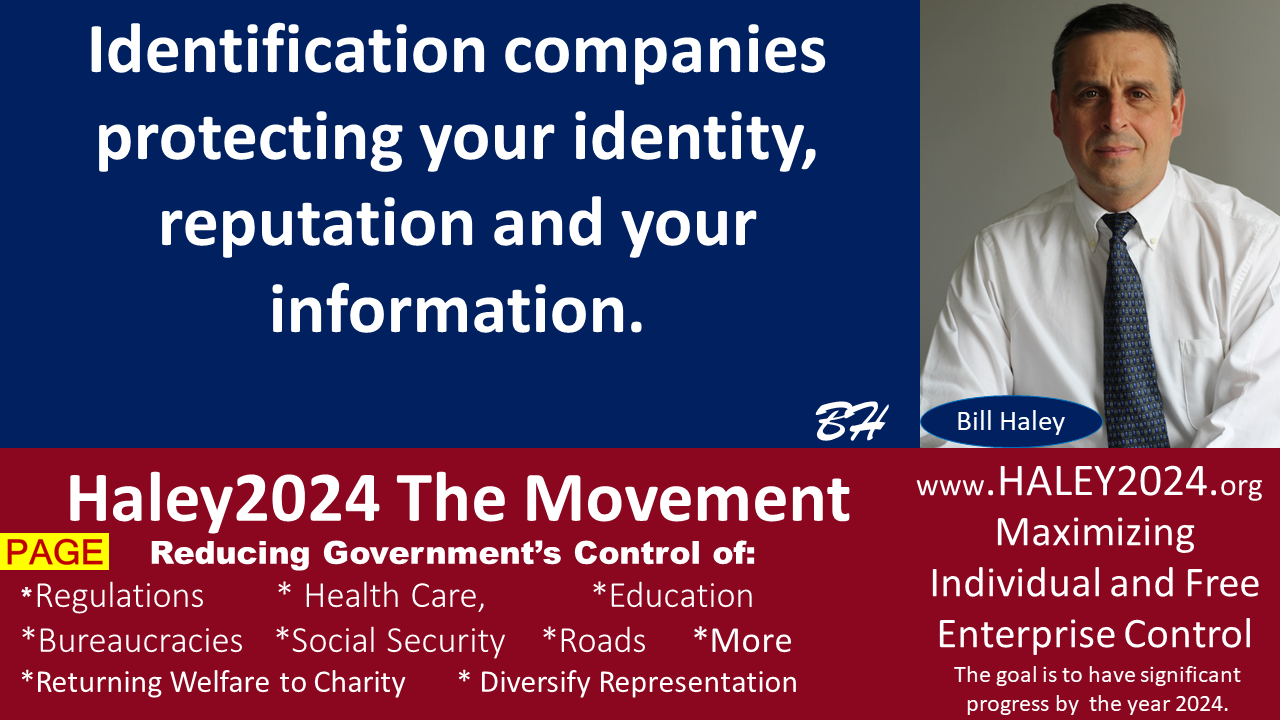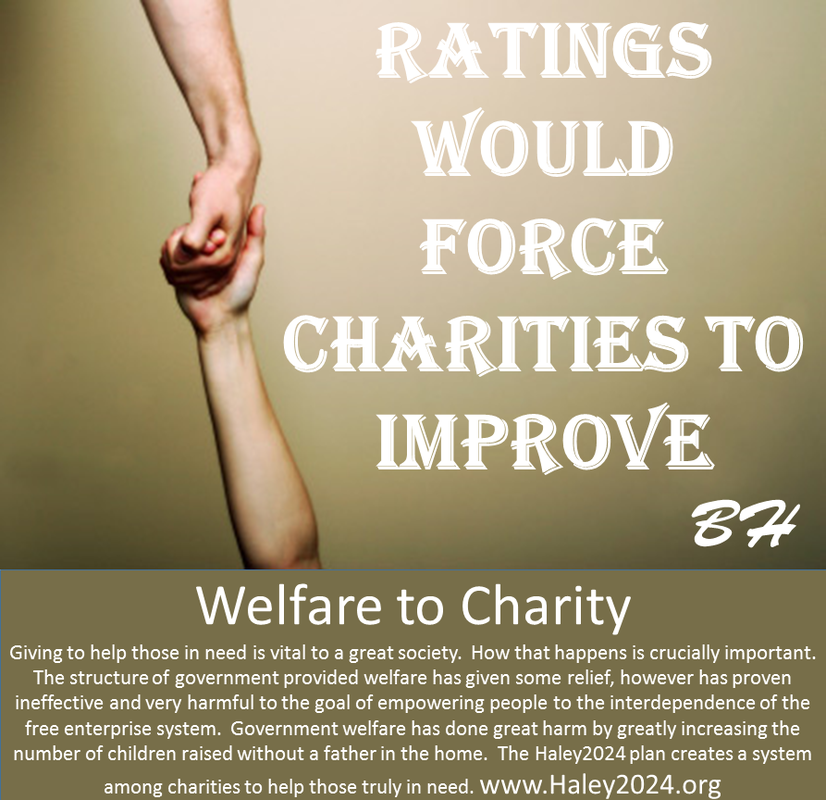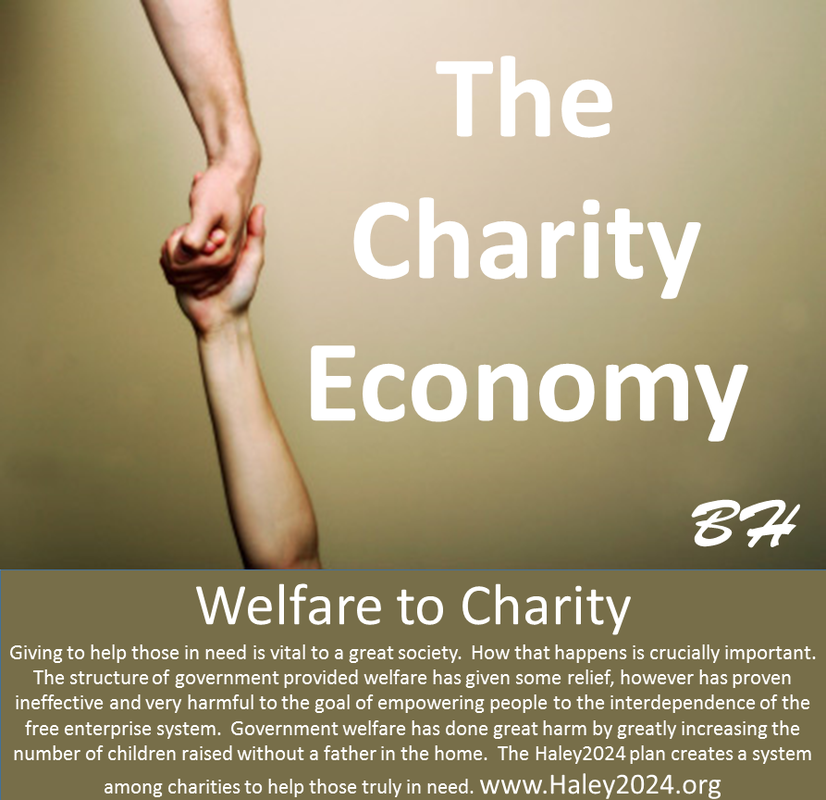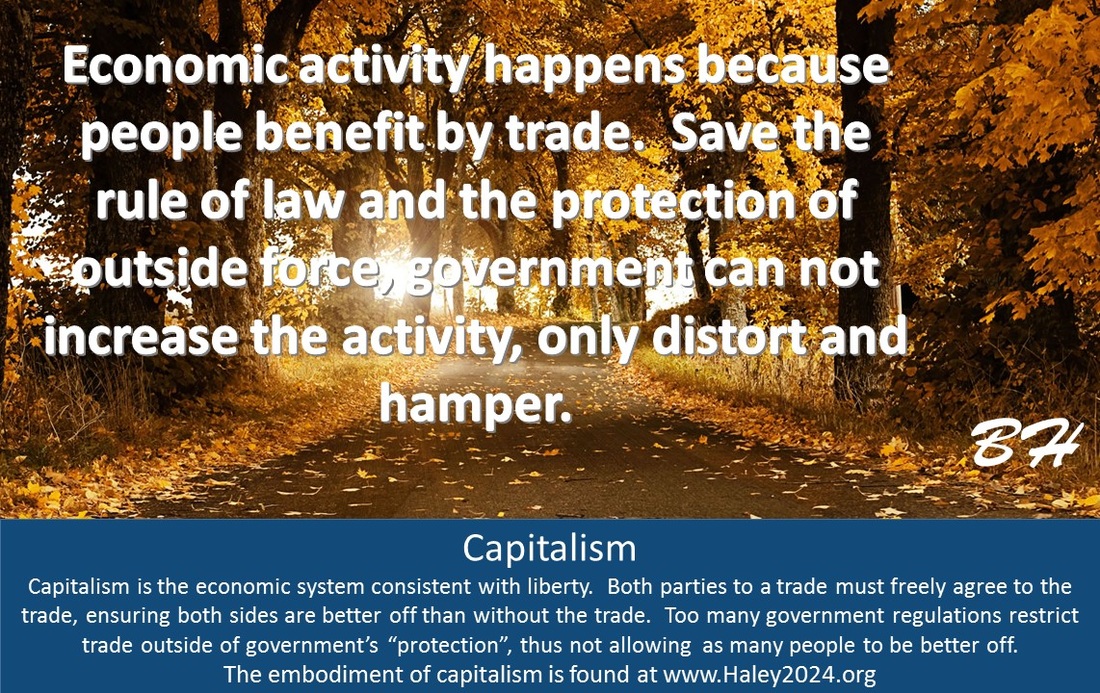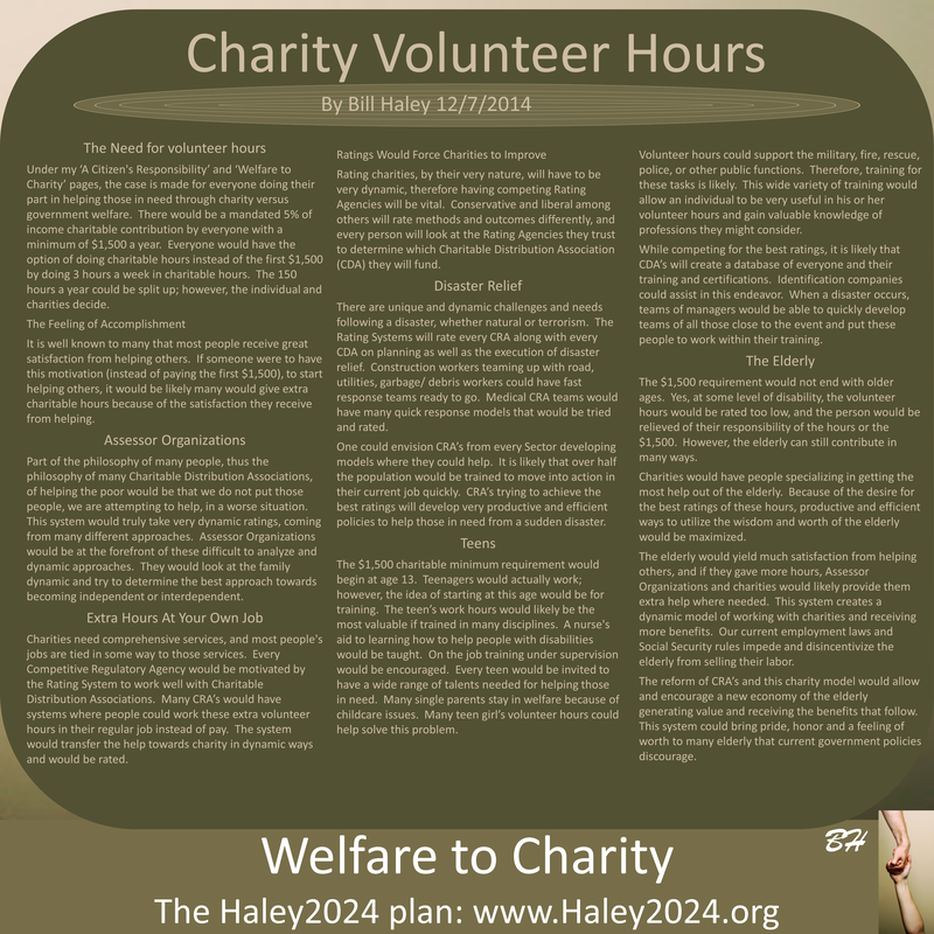The Need for volunteer hoursUnder my ‘A Citizen's Responsibility’ and ‘Welfare to Charity’ pages, the case is made for everyone doing their part in helping those in need through charity versus government welfare. There would be a mandated 5% of income charitable contribution by everyone with a minimum of $1,500 a year. Everyone would have the option of doing charitable hours instead of the first $1,500 by doing 3 hours a week in charitable hours. The 150 hours a year could be split up; however, the individual and charities decide. | |
| | The Feeling of AcomplishmentIt is well known to many that most people receive great satisfaction from helping others. If someone were to have this motivation (instead of paying the first $1,500), to start helping others, it would be likely many would give extra charitable hours because of the satisfaction they receive from helping. |
Assessor OrganizationsPart of the philosophy of many people, thus the philosophy of many Charitable Distribution Associations, of helping the poor would be that we do not put those people, we are attempting to help, in a worse situation. This system would truly take very dynamic ratings, coming from many different approaches. Assessor Organizations would be at the forefront of these difficult to analyze and dynamic approaches. They would look at the family dynamic and try to determine the best approach towards becoming independent or interdependent. | |
| | Extra Hours At Your Own JobCharities need comprehensive services, and most people's jobs are tied in some way to those services. Every Competitive Regulatory Agency would be motivated by the Rating System to work well with Charitable Distribution Associations. Many CRA’s would have systems where people could work these extra volunteer hours in their regular job instead of pay. The system would transfer the help towards charity in dynamic ways and would be rated. |
Ratings Would Force Charities to ImproveRating charities, by their very nature, will have to be very dynamic, therefore having competing Rating Agencies will be vital. Conservative and liberal among others will rate methods and outcomes differently, and every person will look at the Rating Agencies they trust to determine which Charitable Distribution Association (CDA) they will fund. | |
Disaster ReliefThere are unique and dynamic challenges and needs following a disaster, whether natural or terrorism. The Rating Systems will rate every CRA along with every CDA on planning as well as the execution of disaster relief. Construction workers teaming up with road, utilities, garbage/ debris workers could have fast response teams ready to go. Medical CRA teams would have many quick response models that would be tried and rated. |
| One could envision CRA’s from every Sector developing models where they could help. It is likely that over half the population would be trained to move into action in their current job quickly. CRA’s trying to achieve the best ratings will develop very productive and efficient policies to help those in need from a sudden disaster. |
TeensThe $1,500 charitable minimum requirement would begin at age 13. Teenagers would actually work; however, the idea of starting at this age would be for training. The teen’s work hours would likely be the most valuable if trained in many disciplines. A nurse's aid to learning how to help people with disabilities would be taught. On the job training under supervision would be encouraged. Every teen would be invited to have a wide range of talents needed for helping those in need. Many single parents stay in welfare because of childcare issues. Many teen girl’s volunteer hours could help solve this problem. |
| Volunteer hours could support the military, fire, rescue, police, or other public functions. Therefore, training for these tasks is likely. This wide variety of training would allow an individual to be very useful in his or her volunteer hours and gain valuable knowledge of professions they might consider. |
| While competing for the best ratings, it is likely that CDA’s will create a database of everyone and their training and certifications. Identification companies could assist in this endeavor. When a disaster occurs, teams of managers would be able to quickly develop teams of all those close to the event and put these people to work within their training. |
| The elderly would yield much satisfaction from helping others, and if they gave more hours, Assessor Organizations and charities would likely provide them extra help where needed. This system creates a dynamic model of working with charities and receiving more benefits. Our current employment laws and Social Security rules impede and disincentivize the elderly from selling their labor. |
